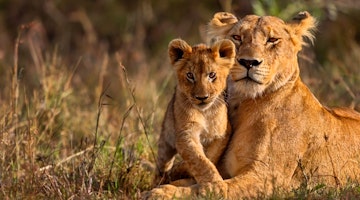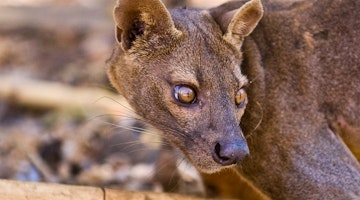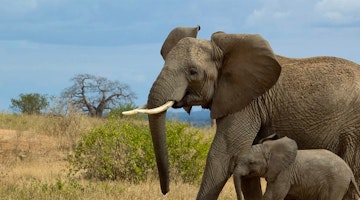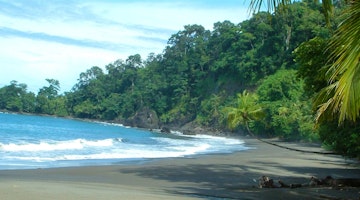As a village, Paarl is the least picturesque of the three. Occupying an important trade route along the river valley, Paarl is strung out along the valley and has always been a centre of industry. At the time of the gold-rush, it was the centre of the cart-building industry – you can visit the oldest cooperage in South Africa. Later, it became a textile town. When that industry collapsed, Paarl refocused on agriculture and tourism.
As a wine producer, Paarl also veers toward large-scale production. It is the home of South Africa’s two biggest producers, Neederburg, which produces close to a million cases a year, and KWV, South Africa’s premier wine co-op, which for many years was the face of South African wines abroad.
Paarl lies at the foot of a bare, granite dome-like mountain, the second largest granite outcrop in the world and the origin of the town’s name. When one of the first European settlers saw this rock, glistening in the sunshine after rain, he said it was like a pearl. The name stuck and the area became know as Paarlvallei.
A stretch of Paarl’s 12-kilometre long Main Road is lined with fine examples of Cape Dutch, Victorian, Edwardian and Art Deco architecture, largely occupied by restaurants, coffee shops and crafts shops. The Strooidak Kerk (Thatched Roof Church) is the oldest Dutch Reforemed Church in the country.
Paarl is less perfect than Stellenbosch and Franschoek, but also less of a tourist honey pot. It earns its money from servicing agriculture: in addition to the famous vineyards, oranges, guavas, maize and many other crops are grown in the vicinity.
Shelley Phillips
Travel Specialist
Looking for inspiration?
You'll find expert travel guides, holiday ideas and insider tips now on the Rainbow blog

Top 5 First Time Safari Destinations

10 Strange Animals and Where to Go to See them


Salar De Uyuni - The World's Largest Salt Flat


Top five South Africa Safari lodges

Sustainable Tourism In Corcovado National Park, Costa Rica

Why Choose Us?
Passionate travel experts
- We've been leading wildlife travel since our first South Africa tours over 25 years ago
- Our Travel Specialists have lived in their specialist area for years
- We work with local guides to immerse you deeper in our diverse range of experiences
Personal & tailor-made
- You'll speak to your own expert who'll share their first-hand knowledge
- We'll make your itinerary seamless with 24/7 emergency contact available
- Your Travel Specialist will listen to ensure you have the best chance of seeing the wildlife you love
Responsible by nature
- We take care to actively contribute to the conservation of environments we visit
- For select countries, we make a charitable donation on your behalf when you make your booking
- We've partnered with conservation experts and NGOs to curate responsible tours
For the latest travel advice from the Foreign, Commonwealth and Development Office check www.gov.uk/travelaware

